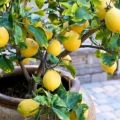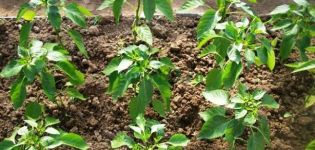Description of Panderoza lemon and home care
Growing citrus fruits at home, in addition to pleasure, also brings real fruits. A convenient variety for home use is the Panderoza lemon, which gives large fragrant citruses that will delight you with taste, and the plant itself will decorate the apartment and create comfort. The plant is famous for its unpretentiousness, which makes cultivation affordable even for inexperienced growers.
Description and characteristics of lemon Panderoza
Panderosa is a lemon / citron hybrid, but its origin story is not clear. The breeder's laurels are attributed to the American Bowman, who allegedly managed to cross two types of citrus fruits in 1887.
Most citrus growers lean towards natural crossing and natural origins of the hybrid. Citrus got its name from the Spanish "panderosa" - heavy. This characteristic describes the giant fruit that a small tree bears. Large lemons, which sometimes grow to a kilogram, are the main miracle of Panderosa.
Flowering process
Panderoza blooms regularly and profusely, the bush is strewn with flowers that even cover the trunk. Main characteristics of flowering:
- At home, the bush blooms 2-3 times a year.
- A large number of flowers are cream-white with loose inflorescences, petals are long, flowers are large.
- During flowering, the bush smells sweet with a pleasant delicate aroma.
- Most flowers do not form ovaries.
To let the lemon grow and mature, you need to leave a few crown leaves that form the nutrition of the fetus. A small bush simply cannot feed many ovaries. Flowers interfere with the growth of shoots, so they must be removed from the trunk at the bud stage.
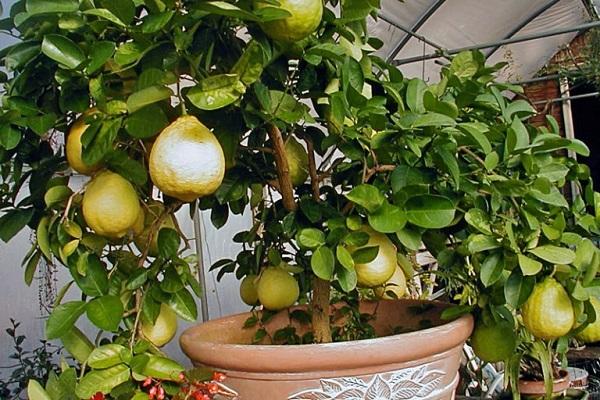
Crown characteristic
The plant is ideal for growing in a room - the height does not exceed one and a half meters. The bush gives many shoots, so you can easily give the tree the desired shape.
The foliage is rich in color, smooth, changes every 3 years. Cuttings of the leaves are short, the shape of the plate is oval-oblong, up to 15 centimeters long.
The trunk is covered with gray bark, young shoots are colored light green. Thorns grow only on old trunks; they are absent on young branches.
Panderoza is a spectacular ornamental plant in the form of a bush or tree, which takes root well in an apartment, delighting with bright greens and yellow-green fruits.
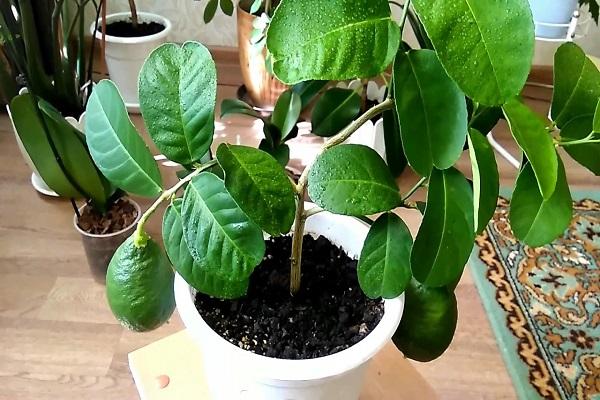
Description of fruits
With an insignificant crown, most ovaries cannot grow and are thrown off by the plant. Panderoza fruits have the following features:
- Considerable size.Usually 250 grams, but sometimes up to 500 grams or more.
- Thick, bumpy skin of a bitter taste.
- Very slow growth and maturation - up to 10 months.
- In adulthood (after 10 years) it can produce several dozen lemons.
- Fragrant pulp with a slight acidity and an abundance of seeds.
Panderoza does not delay fruiting. The first lemons will grow in the second year.
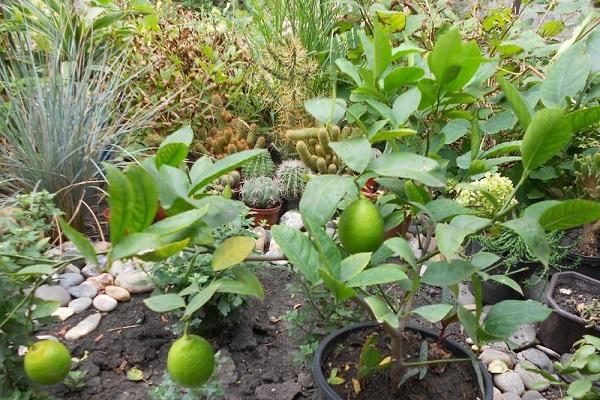
Pros and cons of the variety
Those who are just going to grow Panderoza should learn about the advantages and disadvantages of citrus. The advantages are:
- ease of growing, unpretentiousness;
- compactness, convenient for an apartment;
- nice decorative look;
- the size of the fruits, their impressive appearance on the bush.
Among the negative qualities of Panderoza lemon are:
- thick bitter skin;
- a significant number of seeds;
- coarse flesh, thick films between slices.
Breeders believe that there are tastier varieties.
Help: "Panderosis syndrome" - the formation of an excess of ovaries that cannot mature.
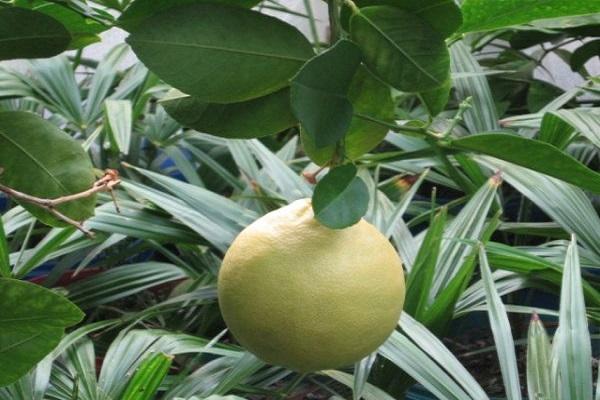
Rules for planting a tree at home
At home, there are two options for planting Panderoza - seeds and cuttings.
The seed is removed from the ripe fruit and planted in the soil at any time. Provide soil moisture, good lighting and warmth, fertilize after 3-4 weeks. After the formation of a pair of sheets, they are transplanted. Note that the harvest when planting with seeds will take a long time - 7-10 years.
How to root a Panderose lemon stalk?
The stalk is cut from an adult plant. It can be germinated in land or water. The soil is taken light, with a sand content. The lower part of the layer is lowered into a growth biostimulator and buried 2 centimeters into the ground. Cover with a film.

Cuttings need timely watering, sun. Disembarkation is best done in May, when it is warm and light. Rooting takes a long time, the use of a root growth stimulant helps to speed up the process.
If buds appear on the cut, they are removed. Rooting can be understood by the appearance of the leaves.
Care features
Even unpretentious plants need to follow certain rules of care in order to grow well and avoid diseases.
If the lemon has just arrived at home, it is quarantined, separated from other plants, and regularly carefully inspected so as not to miss pests.
Panderosa's permanent place of residence should be in the sun part of the time - lemon needs light. In the autumn-winter time, the backlight will not hurt; on dark days, the pot is rearranged closer to the window.

Requirements for humidity and temperature conditions
Lemon loves warmth, tolerates high room temperatures well, but needs ventilation. You can keep the plant near open windows, vents, if the cold does not come from the street.
With the onset of heat, the bush is taken out to the loggia or to the garden (temperature is above 15 °), avoiding constant exposure to the sun (partial shade).
Important: if the flower lives on the windowsill, the lemon is isolated from hot batteries.
Panderoza loves spraying and moisturizing the crown. When the heating is working and the air in the room is dry, containers with water are placed next to the plant and sprayed regularly.
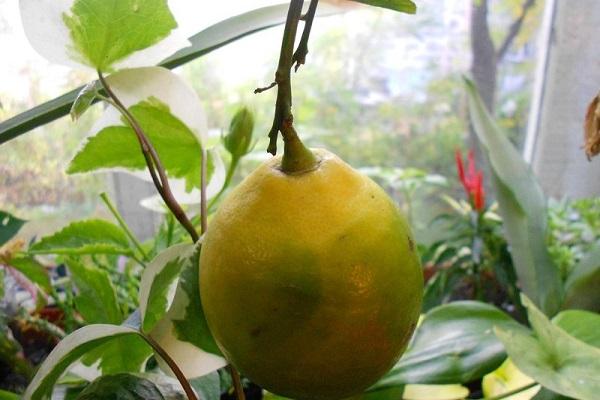
Transfer
You need to increase the lemon pot annually (by 2-4 centimeters). If the size of the plant no longer allows it, they remove and replace the top layer of the earth, trying not to hurt the roots.
The pot is replaced by transshipment. A new container is prepared, drainage is poured. Take Panderoza out of the old pot, holding the ground with your hand so that it does not fall from the roots. It is impossible to free the roots from the old soil - the bush will hurt for a long time.
By moving the plant to another pot, the voids are filled with fresh soil. Top dressing is not required for a month.

Watering
When watering, the soil must be wetted completely, being careful not to pour in excess water.The next time it is watered when the soil is dry from above (2 centimeters). Panderoza does not like excess moisture - the roots begin to choke, the edges of the leaves turn brown.
If the plant cannot cope with excess water, the clod of earth does not dry out, the bush is taken out of the pot and the soil is dried.
Lemon loves moisture - you should not wait for the leaves to wilt. Regular watering is the key to normal growth of the bush and fruits.
Top dressing
When it's warm, fertilizer is applied every 10 days; in winter, once a month is enough. For feeding, choose fertilizer for citrus fruits. When using other types of fertilizers, the acidity of the soil is restored by adding a few drops of lemon juice to the water during watering (once a month).
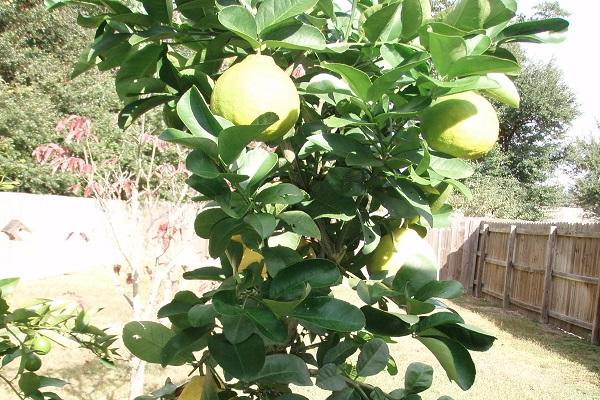
Crown formation
Panderoza produces many shoots and branches well. When forming the crown, ugly growing branches are cut out, giving the tree the desired appearance. Airing is necessary for all parts of the plant, thickening impairs the access of air and sunlight.
Pruning is carried out in early spring, before flowering, and unnecessary shoots on the trunk are removed as soon as they appear. It is useful to rotate the plant regularly so that the crown grows evenly.
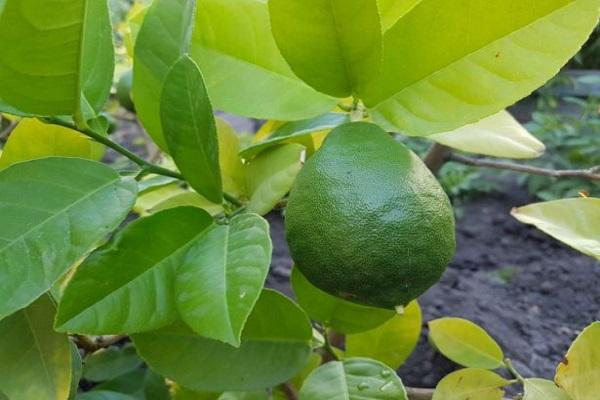
Diseases and pests
Ticks attack Panderosa when the air and clod are dry. Adequate hydration, as recommended, will help prevent insect infestation.
The mealybug is removed from the leaves and wiped with a weak alcohol-containing solution, being careful not to burn the leaf plates and the trunk.
When infected, select the appropriate insecticides and process according to instructions.
The tree, with good care, is slightly susceptible to pests. If infection has occurred, it is necessary to restore the recommended conditions of detention - to increase the humidity of the air, observe the temperature regime and illumination.
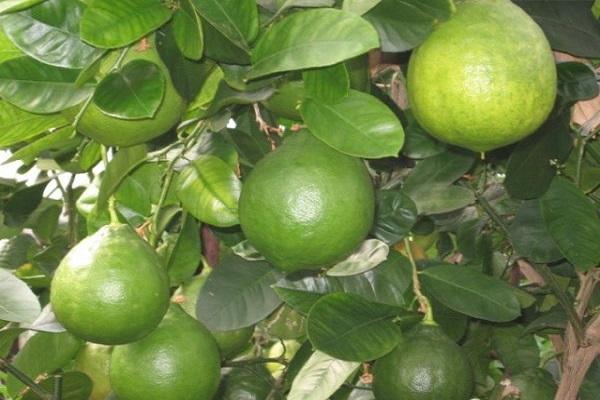
Harvesting and storage
The fruits ripen in 6-10 months, and do not fall off by themselves. They are cut and stored in a cold place as they mature. The real harvest is usually obtained in the third year - 5-6 lemons.
Lemon Panderoza is an easy-to-grow, beautiful plant that can decorate a room and bring a harvest. If the tree receives what it needs for life, it will live up to 50 years, constantly delighting the owner with abundant flowering and bright fruits.




